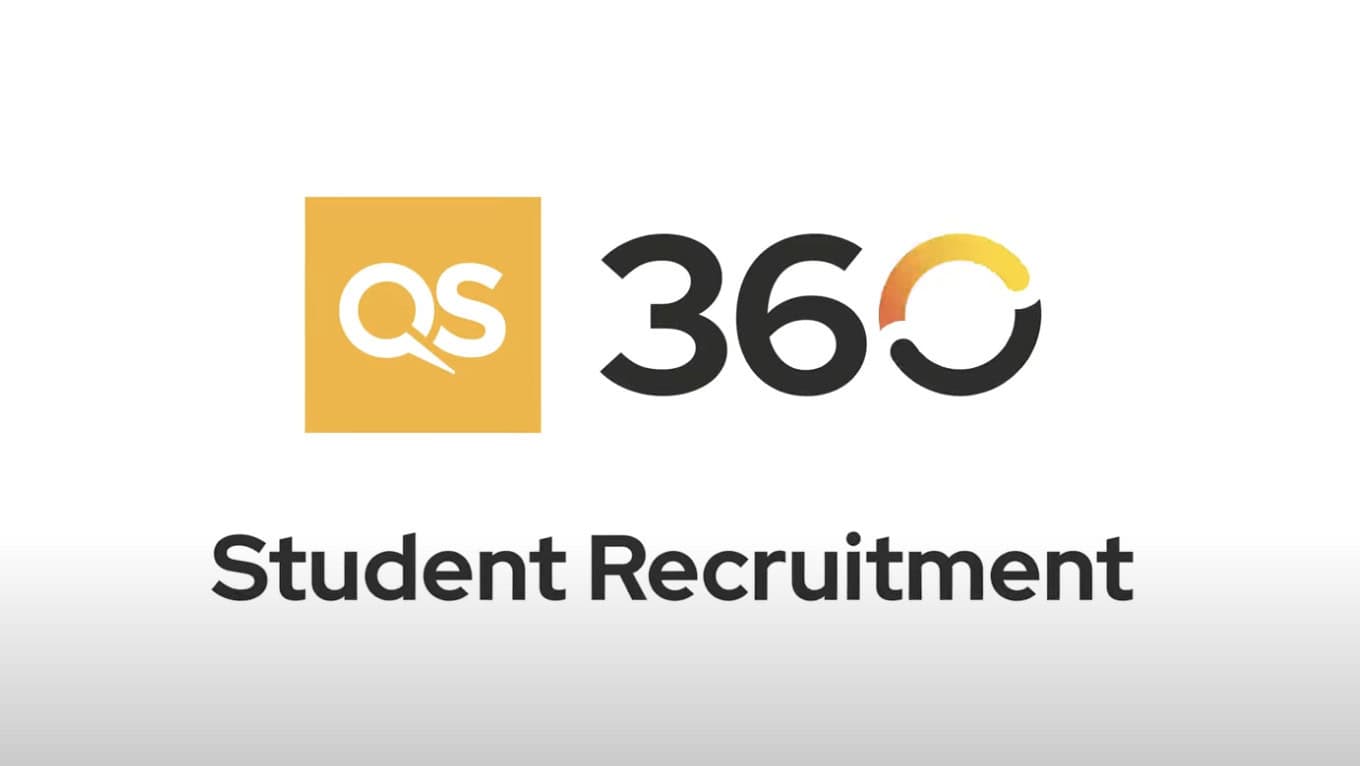3 ways to help institutions understand how to strategically create, implement, and audit their modular education programs
As the demand for real-life skills in the workforce intensifies, higher education institutions are increasingly turning to modular education to bridge the gap between academic learning and practical application.
This shift is driven by the need to provide students with tailored, flexible, and directly applicable educational solutions that meet labor market demands. Modular education–comprising microcredentials, badges, and stackable certificates–offers concise, highly relevant courses that equip learners with the skills and competencies most sought after by employers.
These kinds of programs are designed to accommodate both degree-seeking and certificate-only students, bridging the gap between education and the evolving needs of the workforce. The key to success lies in creating programs that are accessible and flexible, allowing non-degree-seeking students to enroll without onerous application processes, fees, or prerequisites. Schools that fail to adapt, building inflexible pathways with burdensome gatekeeping standards, often find themselves struggling to attract students. On the other hand, those that do adapt, embracing the benefits of modular learning, help to create a more dynamic and responsive educational ecosystem.
Challenges and benefits of modular learning
The integration of microcredentials into higher education offers numerous benefits, making education more accessible and aligned with industry needs. One primary advantage is improved outcomes for students entering the job market. For instance, a non-degree-holder with relevant industry certifications like CompTIA A+ or CISSP is more likely to be hired over an IT degree-holder without these credentials.
While traditional degree programs provide a broad foundation of knowledge, they may not always keep pace with the fast-changing demands of the job market. Modular certifications, on the other hand, are continually updated to reflect current industry practices and standards, ensuring that graduates are job ready.
Of course, implementing higher education certification programs and other nontraditional degree programs comes with challenges, such as maintaining quality assurance and standardization across programs. Institutions must ensure that their certifications remain current and aligned with industry standards, which can be difficult given the rapid pace of technological advancements, process changes, and more.
The benefits far outweigh the obstacles, but only if institutions understand how to strategically create, implement, and audit their modular education programs. These tips can help:
1. Emphasize industry collaboration
Industry collaboration is essential for creating relevant and effective modular certification programs. By working closely with industry leaders, institutions can ensure that their curricula address the latest trends, tools, and practices in the field. This collaboration helps identify the specific skills and competencies in high demand, enabling institutions to tailor their programs to meet these needs.
Industry partners can also provide practical insights and real-world scenarios that enrich the learning experience, making it more applicable and valuable to students. These partnerships often open up networking opportunities for students, facilitating internships, job placements, and mentorship programs that can lead directly to employment. By fostering strong industry connections, institutions can create programs that not only educate, but also enhance employability.
2. Prioritize flexibility and accessibility
A successful nontraditional degree program recognizes that cost, flexibility, and accessibility are key factors in making education attainable for a diverse student population. Developing coursework that allows students to learn at their own pace, according to their own schedules, and at an affordable price significantly broadens access.
This is particularly important for nontraditional students who may be balancing work, family, and other commitments. By offering flexible learning options such as online courses and self-paced modules, institutions can cater to the needs of these students, making education more inclusive. This approach can increase enrollment while helping students achieve their educational goals without sacrificing other aspects of their lives.
3. Establish advisory boards for curriculum alignment
Forming an advisory board of experts is crucial for ensuring modular certification programs remain aligned with real-world skills. These boards play a vital role in regularly reviewing and updating the curriculum to reflect the latest industry standards and requirements.
Board members can also act as guest speakers, leading workshops and seminars that provide students with current knowledge and hands-on experience. They can offer training opportunities that bridge the gap between theoretical learning and practical application. As industry professionals are always ahead of the curve regarding necessary certifications and accreditations, their insights are invaluable in keeping educational programs relevant and forward thinking. By incorporating their expertise, institutions can maintain high-quality programs that prepare students for immediate and future job market demands.
Future outlook
Looking ahead, the evolution of microcredentials in higher education over the next few years is set to be transformative. As these programs increasingly integrate with traditional degree offerings, hybrid learning models and seamless credit transfers will become more prevalent. This integration is especially significant between two-year feeder schools and four-year institutions, creating more cohesive educational pathways for students.
The use of AI and data analytics has the potential to personalize and adapt learning experiences to each student’s needs, creating custom learning pathways aligned with specific career objectives. Virtual and augmented reality will provide immersive learning experiences, making education more engaging and effective, while mobile-friendly platforms will increase accessibility. By leveraging these technologies, institutions can provide more targeted and effective education, enhancing learning outcomes and student satisfaction.
Institutions that are dedicated to staying ahead of these changes and continuously updating their delivery methods will see significant enhancements in their programs. By embracing innovation and remaining adaptable, they can ensure that their modular certifications remain relevant and valuable in an ever-changing educational landscape.
This piece was originally published by eCampusNews on August 23.
Written in collaboration with:
Eric Groves is Regional Vice President of Sales at Liaison, a leading provider of higher education technology solutions. Through a powerful combination of technology and services, Liaison assists higher education institutions and students in making informed enrollment decisions.
John Massena is AVP of Enrollment Management Solutions at Liaison, a leading provider of higher education technology solutions. Through a powerful combination of technology and services, Liaison assists higher education institutions and students in making informed enrollment decisions.
#Modular #education #Bridging #gap #academia #workforce #demands










